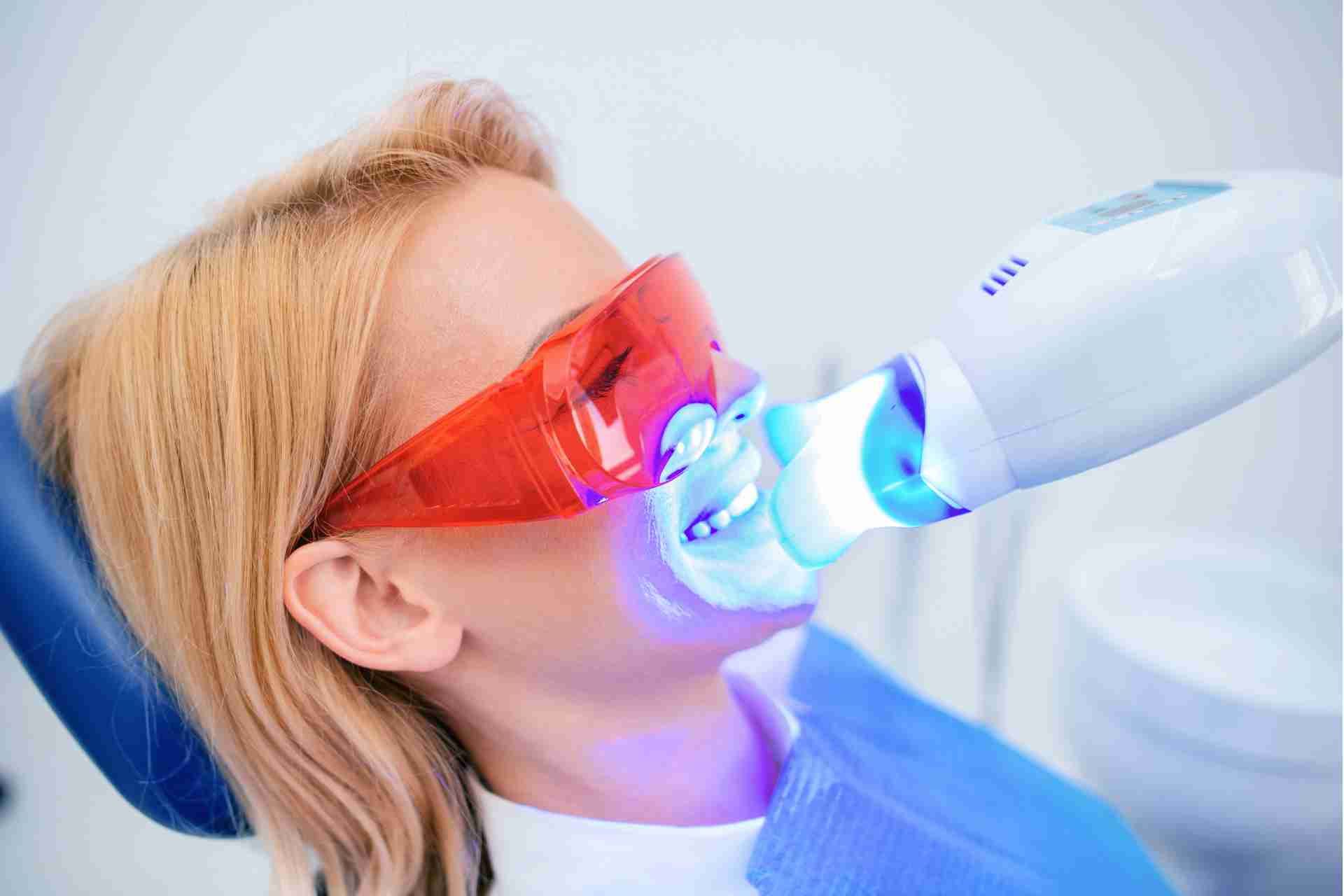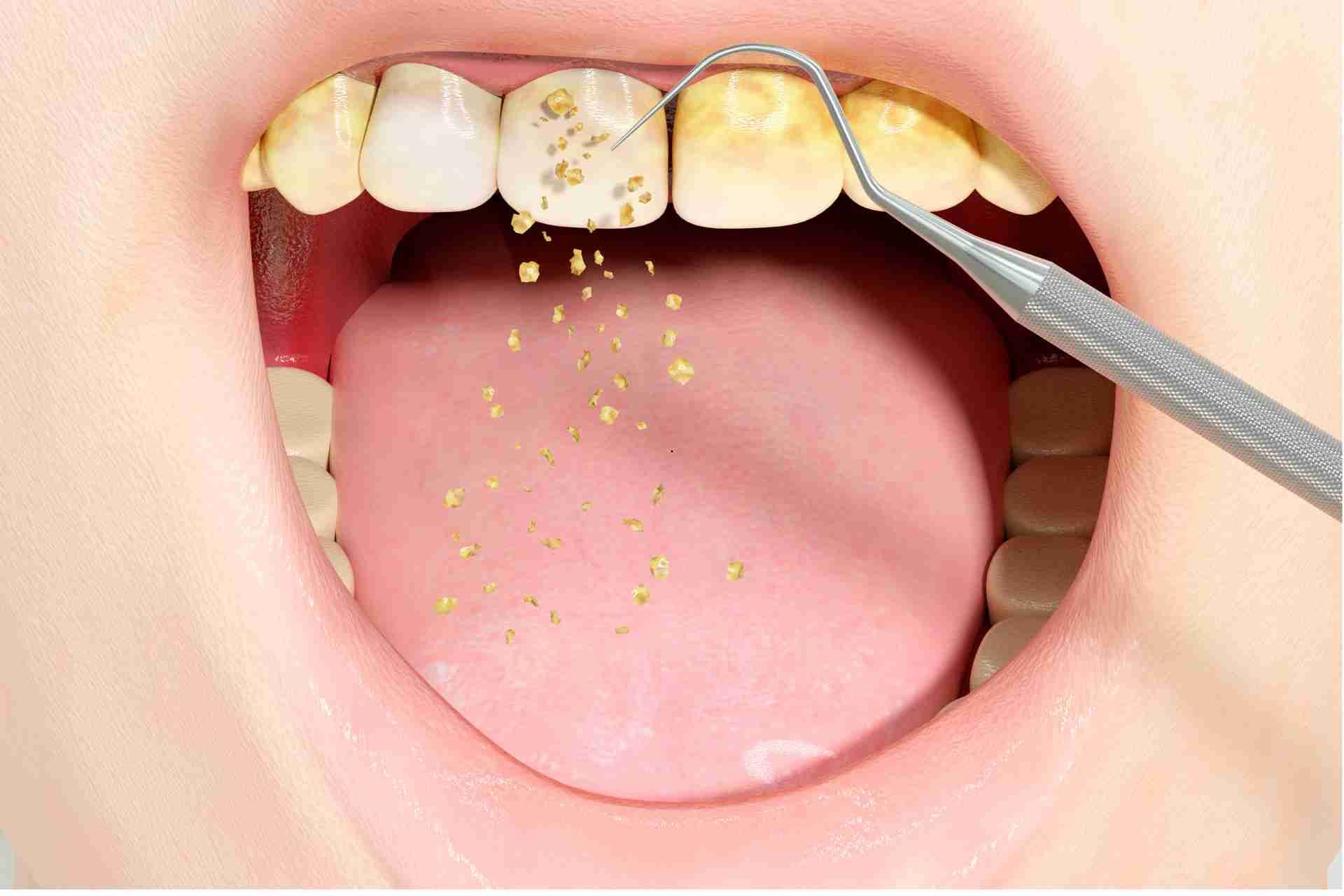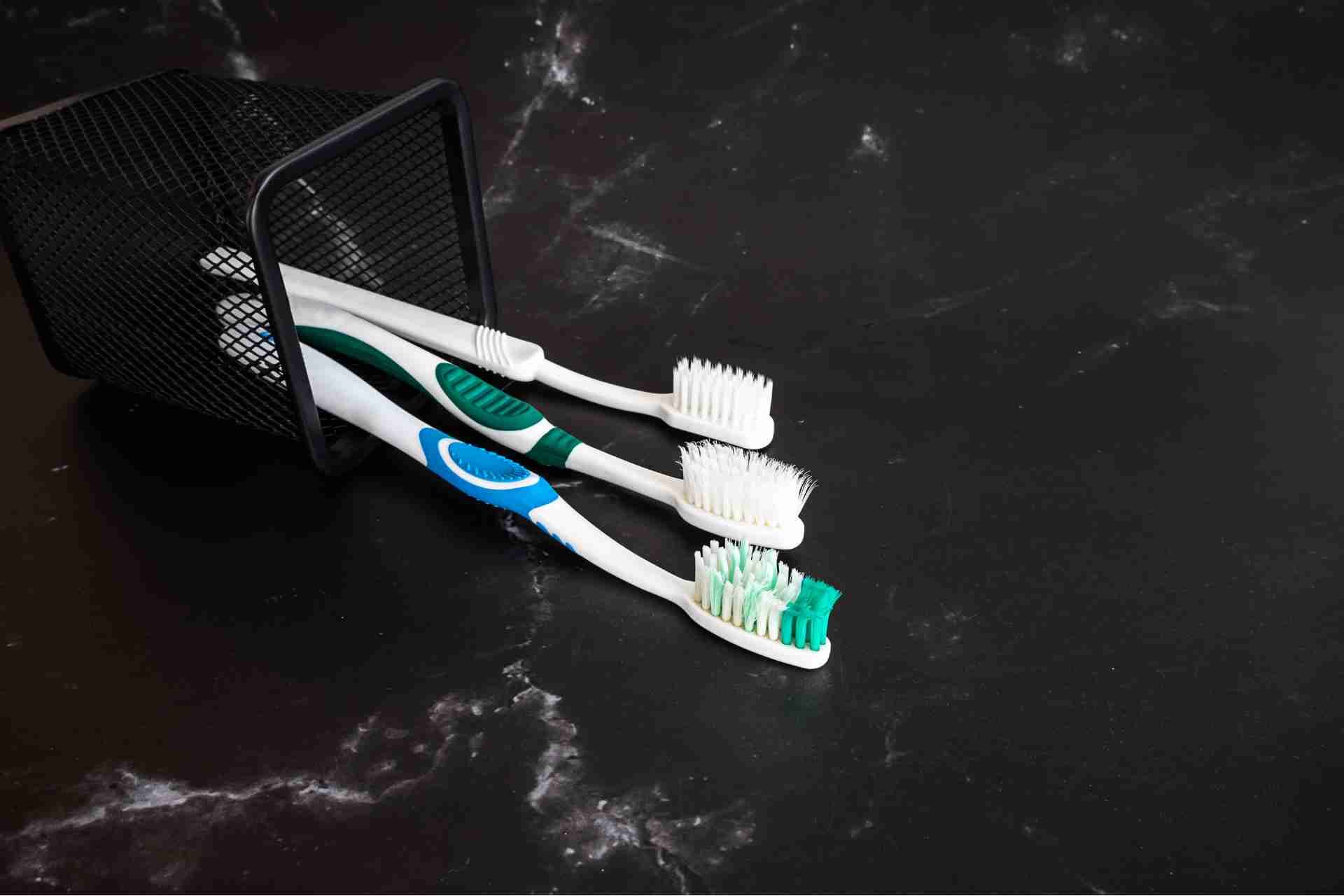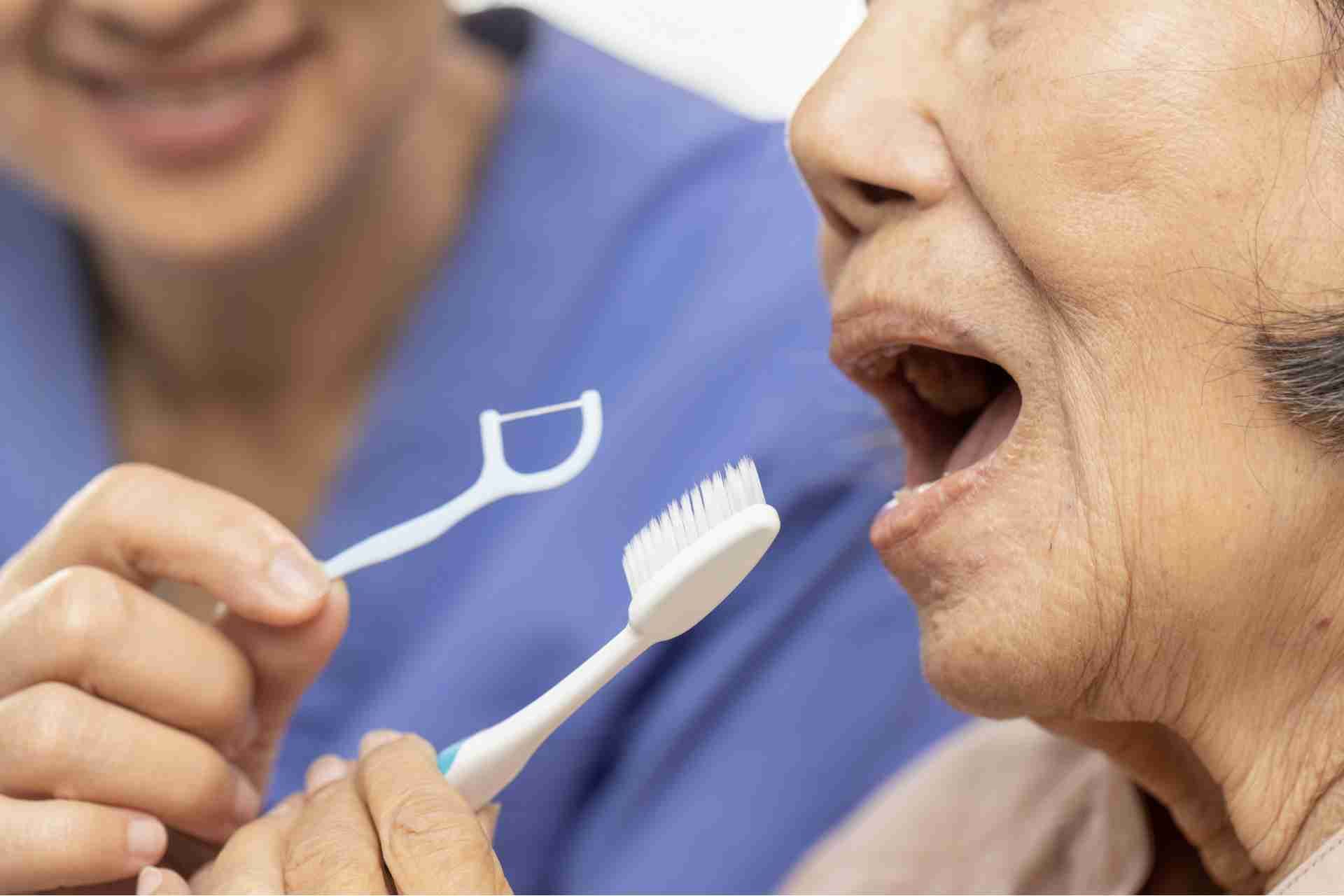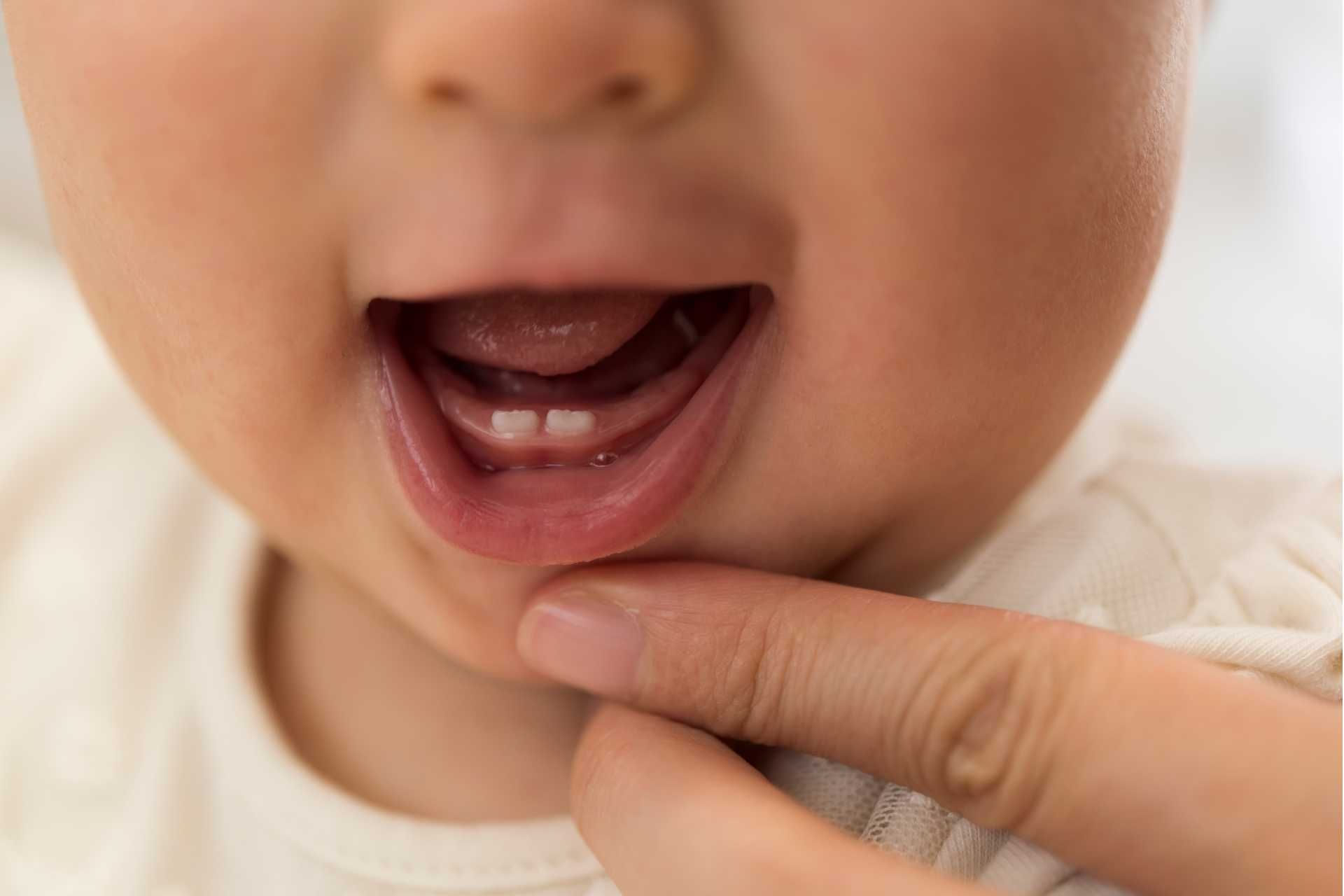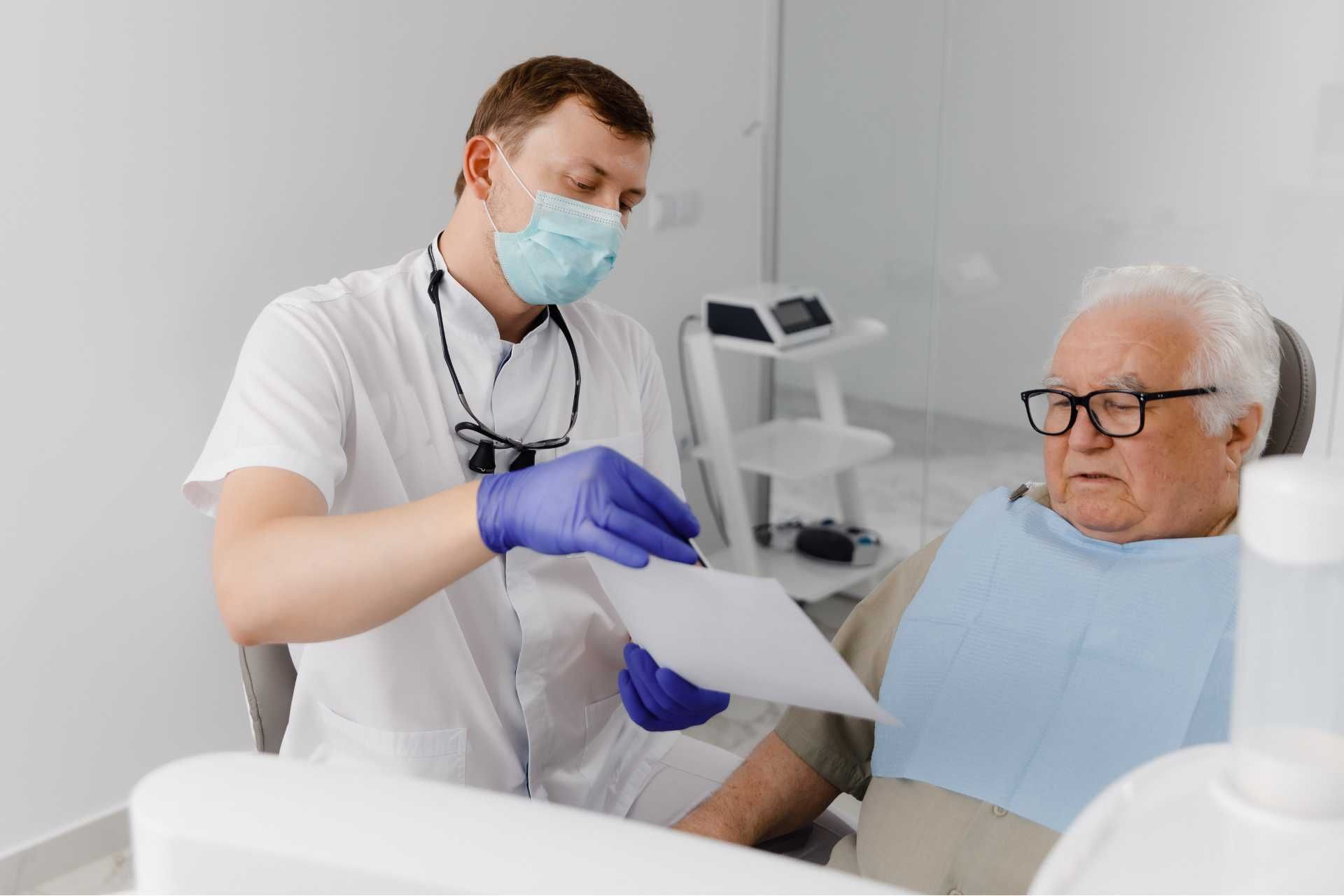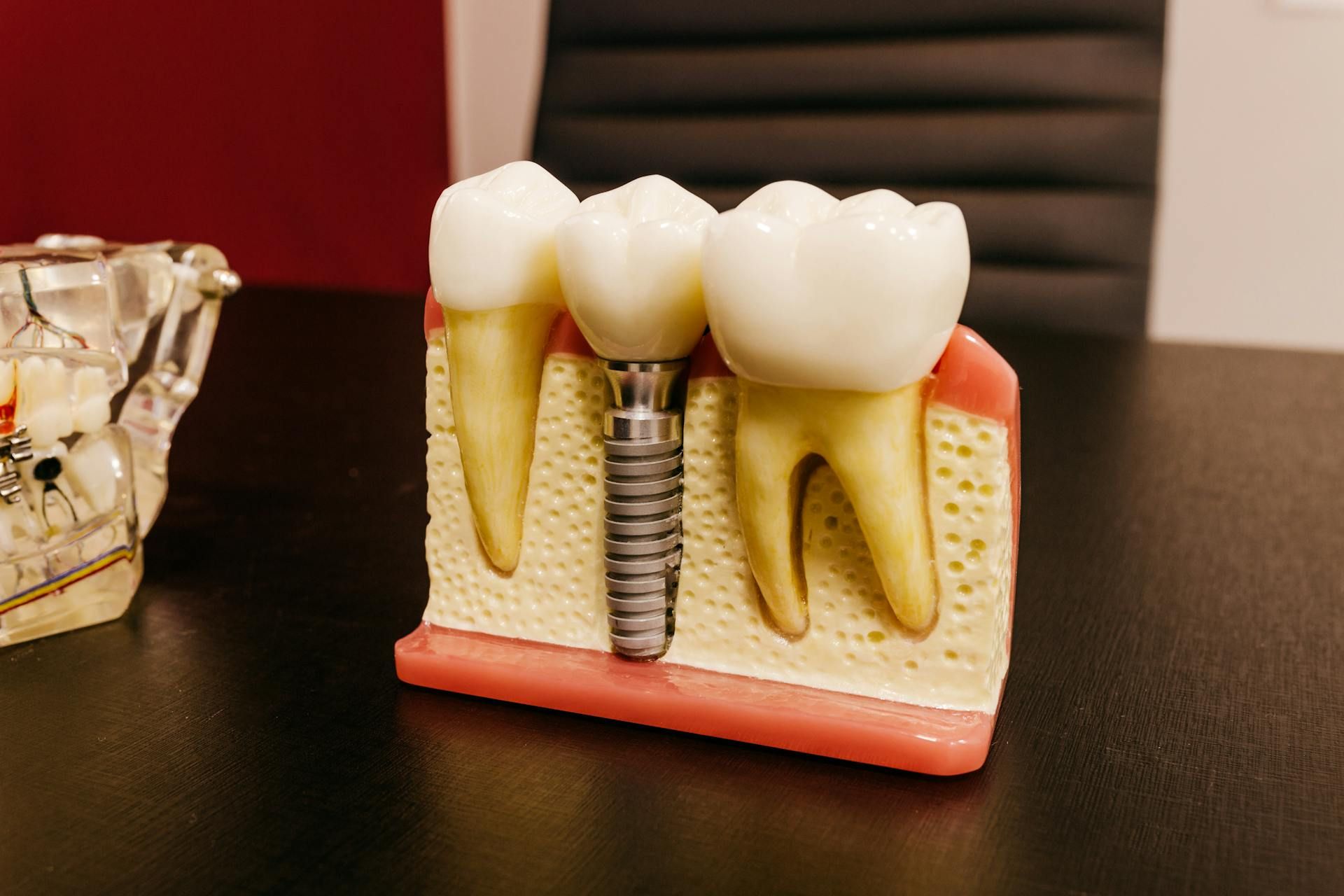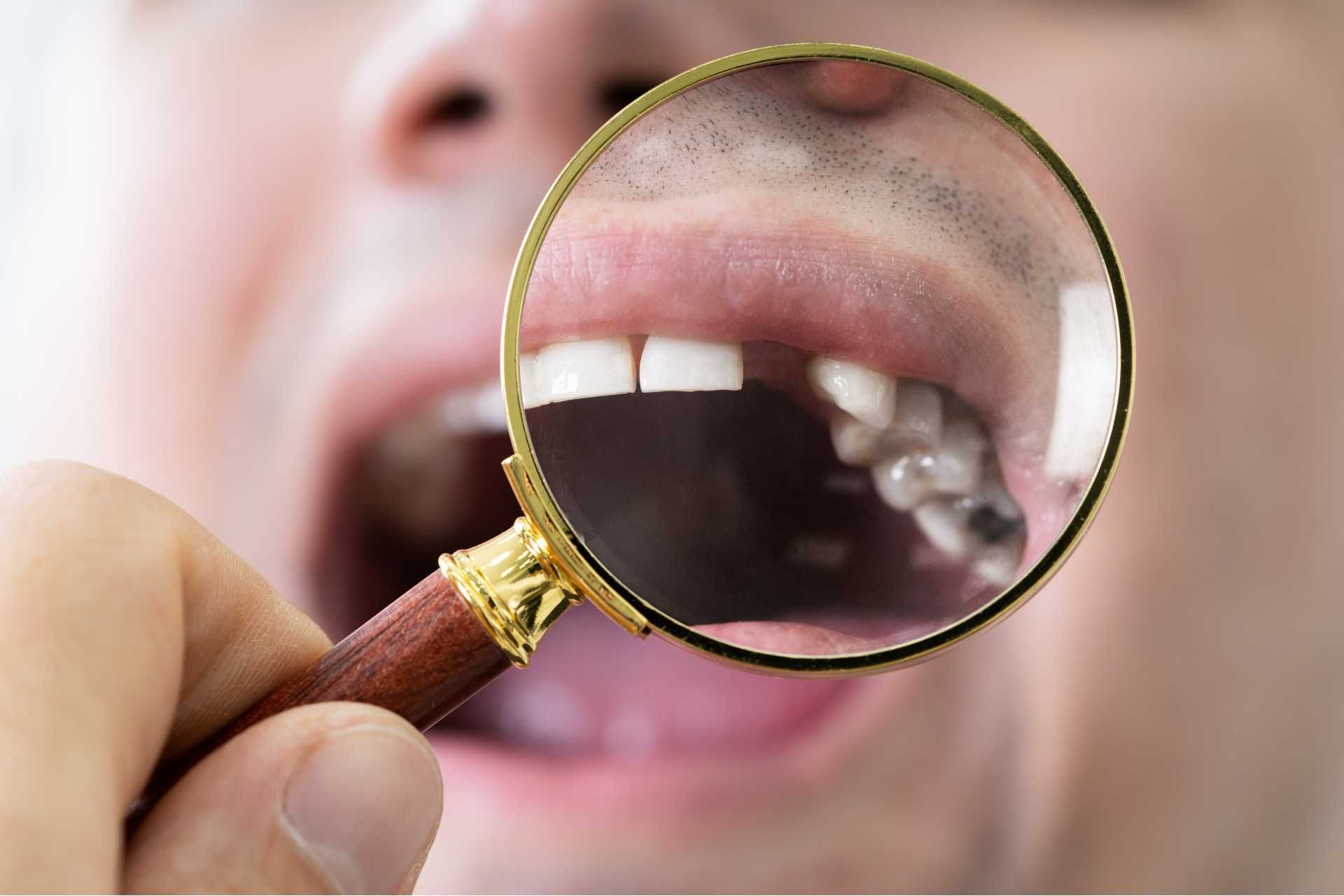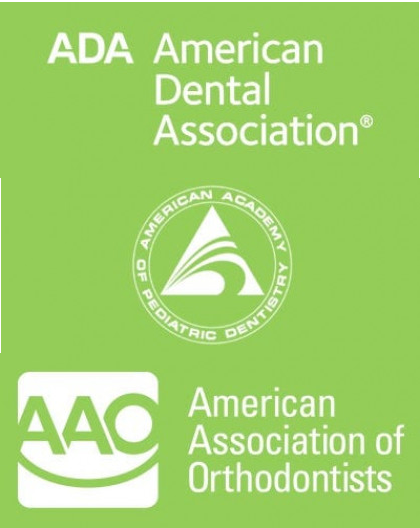What is Orthodontic Treatment?
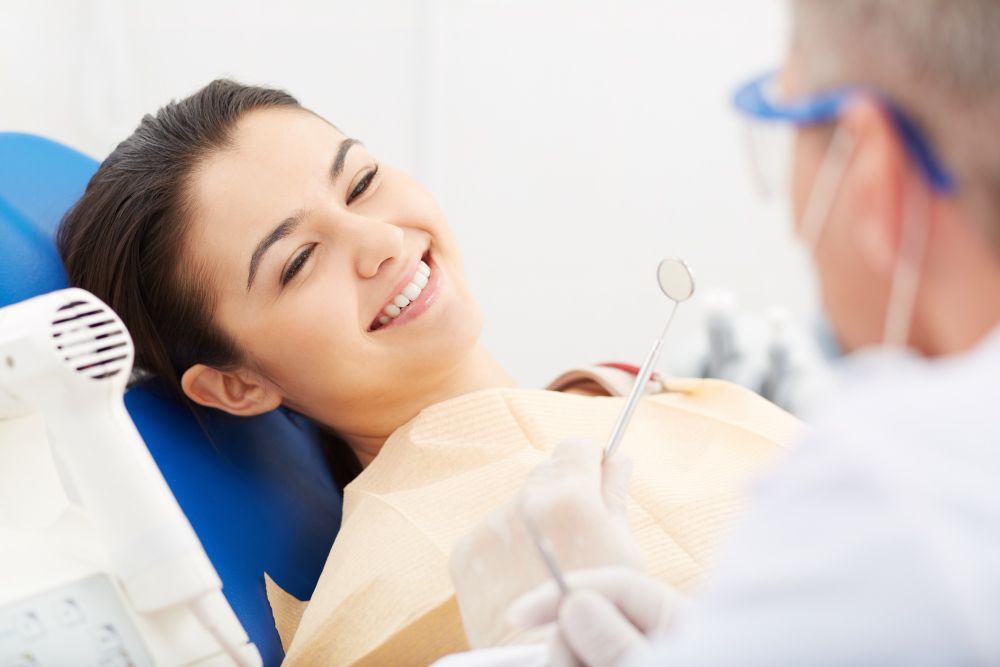
If you've ever wondered about achieving that confident, radiant smile or if you're curious about how orthodontic techniques can transform not only your teeth but also your overall oral health, you're in the right place.
Orthodontic treatment is more than just braces – it's a comprehensive approach to enhancing both the aesthetics and functionality of your teeth and jaws. Whether you're dealing with crooked teeth, misaligned bites, or other dental irregularities, orthodontics has the tools and expertise to bring your smile into harmony.
Learn the various aspects of orthodontic treatment, from understanding the different types of orthodontic issues to exploring the array of treatment options available today.
What is Orthodontic Treatment?
Orthodontic treatment is a specialized branch of dentistry that focuses on the diagnosis, prevention, and correction of dental and facial irregularities, particularly those related to the alignment of teeth and jaws. The primary goal of orthodontic treatment is to improve the functionality and appearance of the teeth and jaws.
Common Orthodontic Problems
Crooked Teeth: Crooked teeth can occur due to genetics, childhood habits, or the early loss of primary teeth. They not only affect your smile's appearance but also make oral hygiene challenging, potentially leading to cavities and gum problems.
Crowded Teeth: When there isn't enough space in your mouth for all your teeth to align properly, they can become crowded. This can lead to overlapping, difficult cleaning, and an increased risk of dental issues.
Spacing and Gaps: On the flip side, excessive spacing between teeth can result from missing teeth or a jaw size discrepancy. These gaps can affect speech and create pockets for food and bacteria accumulation.
Overbite: An overbite occurs when the upper front teeth significantly overlap the lower front teeth. In severe cases, this can lead to jaw discomfort, uneven wear on teeth, and even difficulty biting.
Underbite: An underbite is the reverse of an overbite, where the lower teeth protrude further than the upper teeth. This can cause problems with chewing, speech, and facial aesthetics.
Crossbite: In a crossbite, the upper teeth fit inside the lower teeth when biting down. This can lead to tooth wear, jaw misalignment, and potential facial asymmetry.
Open Bite: An open bite occurs when certain teeth don't make contact when you bite down. This can result in speech difficulties, jaw discomfort, and an altered facial appearance.
Misplaced Midline: If the center of your upper front teeth doesn't align with the center of your lower front teeth, it's called a misplaced midline. This can impact your smile's symmetry.
Common Orthodontic Treatment
Orthodontic treatment involves the use of various orthodontic appliances to gently guide teeth into their proper positions over a period of time.
Braces: Traditional braces consist of metal brackets attached to the teeth and connected by wires. These wires are adjusted periodically to gradually move the teeth into the desired positions.
Clear Aligners: Clear aligners, like Invisalign, are a series of custom-made, transparent plastic trays that are worn over the teeth. They apply controlled pressure to move teeth incrementally.
Functional Appliances: These are often used to address issues with jaw alignment and growth. Examples include headgear, Herbst appliances, and palatal expanders.
Retainers: After active orthodontic treatment,
retainers are worn to help maintain the achieved results by preventing teeth from shifting back to their original positions.
Benefits of Orthodontic Treatment
Orthodontic treatment usually begins with a thorough examination, including X-rays, photographs, and sometimes dental impressions. The orthodontist will then develop a personalized treatment plan based on the individual's specific needs and goals.
Improved Oral Health
Properly aligned teeth are easier to clean and maintain, reducing the risk of dental problems such as cavities and
gum disease.
Enhanced Appearance
Straighter teeth and a well-aligned smile can significantly improve a person's self-confidence and self-esteem.
Better Function
Properly aligned teeth and jaws can lead to improved chewing, speech, and overall oral function.
Consult
Orthodontic treatment duration varies based on the complexity of the case and the chosen treatment method. Regular appointments with the orthodontist are essential for adjustments, monitoring progress, and ensuring the treatment plan is on track.
If you are considering orthodontic treatment, consult with an orthodontist to determine the best approach for your specific situation or schedule an appointment with Pennington Orthodontics and Pediatric Dentistry.
